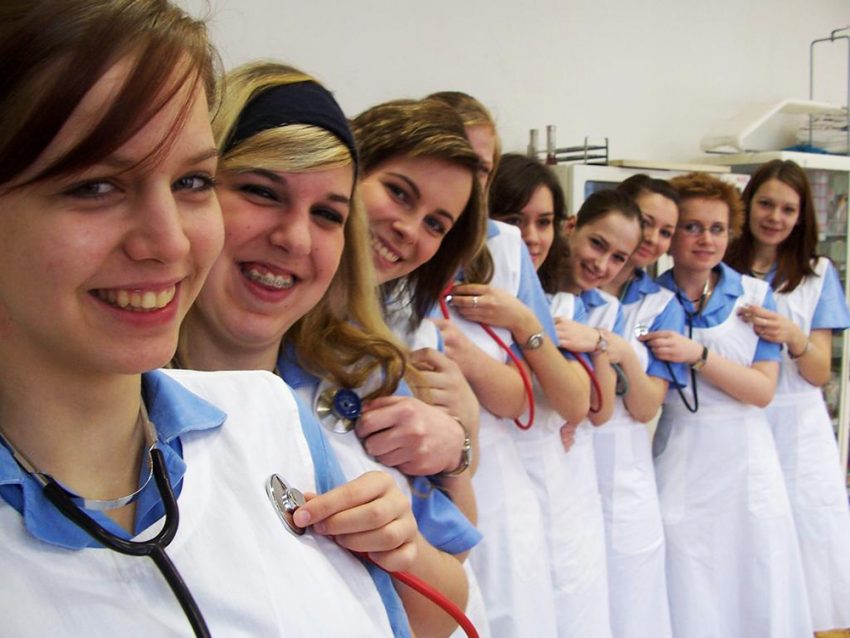The HEE TEL programme recently guest hosted a chat on Twitter with the support of #WeCommunities, a format we’ve used before and really enjoyed. It’s an opportunity, in an hour, to engage with people on a specific topic and really learn from the insight, experience and expertise of people either from a specific community or interested in a specific topic. This chat was targeted at nurses so we used the #WeNurses hashtag.
For more about WeNurses find them here: http://www.wecommunities.org/
Details of our chat can be found at the end of this post but in this conversation we covered the subject of digital literacy and how it applies to the world of nursing and midwifery. As usual, there were lots of participants and the pace was fast and furious – it is so hard to keep up but what inevitably happens is people start exchanging comments with each other as well as keeping an eye on the main conversation.
As @jomwlever commented “there is a nurse speed and an everybody else speed.” – which is certainly how it feels on WeNurses!
As part of our discussion we presented our definition:
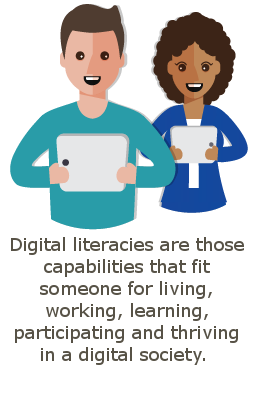
And the domains that sit under it:
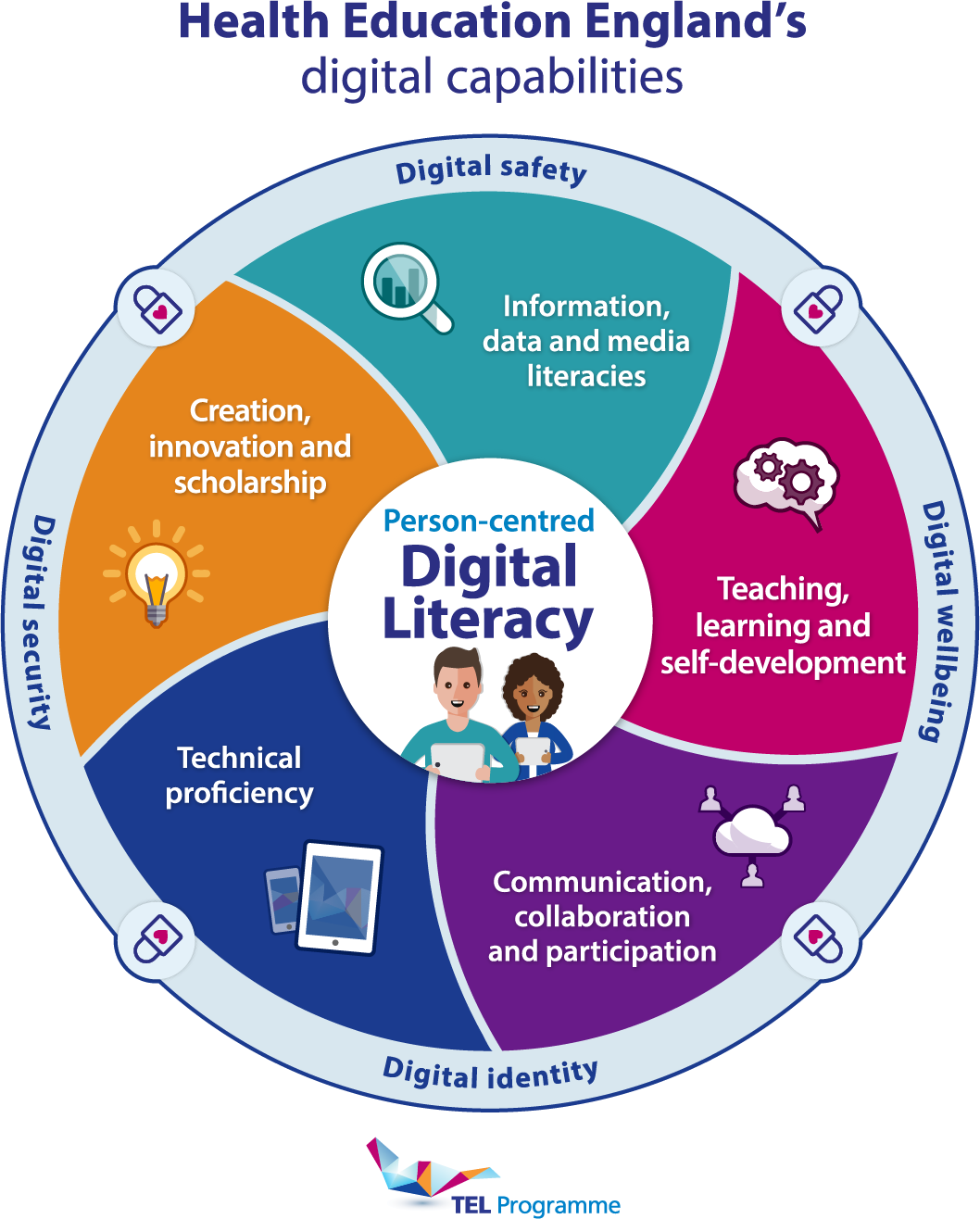
It was great to hear that people thought the definition was useful and meaningful:
“I think digital wheel covers it well.”
“Agree with the definition.”
However, one comment was “I’m wondering if there is a more user-friendly way of describing the six domains” and this is completely valid and useful to us in how we are learning and adapting our work to better understand the needs of health and care staff. On their own the domains mean relatively little which is why we’re working with stakeholders to develop a capabilities framework that actually describes some of the skills, attitudes and behaviours that sit within those domains. Watch this space! We value your comments in order to learn from you and improve our work.
Participants recognised the impact that digital and other technologies can have on care and that nursing staff do/could/should embrace this:
“recognising that digital can make a fantastic impact on patient experience”
“Being able to use and develop systems for use by pts and staff to enhance care”
“being open to the possibilities that digital can make to the patient”
Unsurprisingly, there was plenty of comment on how being digitally literate at work was often less about skills and more about attitude and confidence. Some made the point that people could be perfectly digitally literate at home but not able or allowed to be at work or sometimes just not willing to be. It was pointed out by one person that digital literacy can be something that people feel is ‘not about or to do with me’ – certainly a common enough view, we feel, and one that we need to all work hard to dispel.
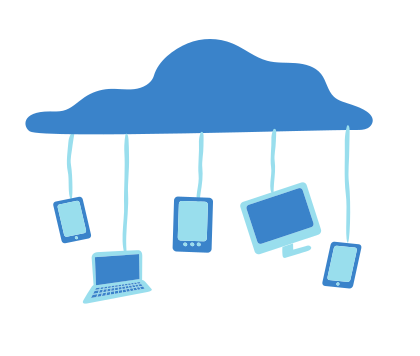
Whenever the subject of digital literacy comes up, you can guarantee that the topic of barriers to becoming digitally literate comes up. A flavour of some of the comments here:
“It always surprises me how much we rely on our smart phones at home – yet at work we have to put them away !”
“I think there may well be lack of support from IT depts? Which is rather ironic in itself.”
“Sometimes I think IT [is] design[ed] for IT and not people.”
“I think perhaps not quite seamless yet – more an adjunct at the moment. When ALL staff on tablets then perhaps.”
“We are some way off that (Paperless2020) where I work. Form filling is growing by the day.”
“It’s a bit like maths, there is an irrational fear of technology, when really they use it all the time.”
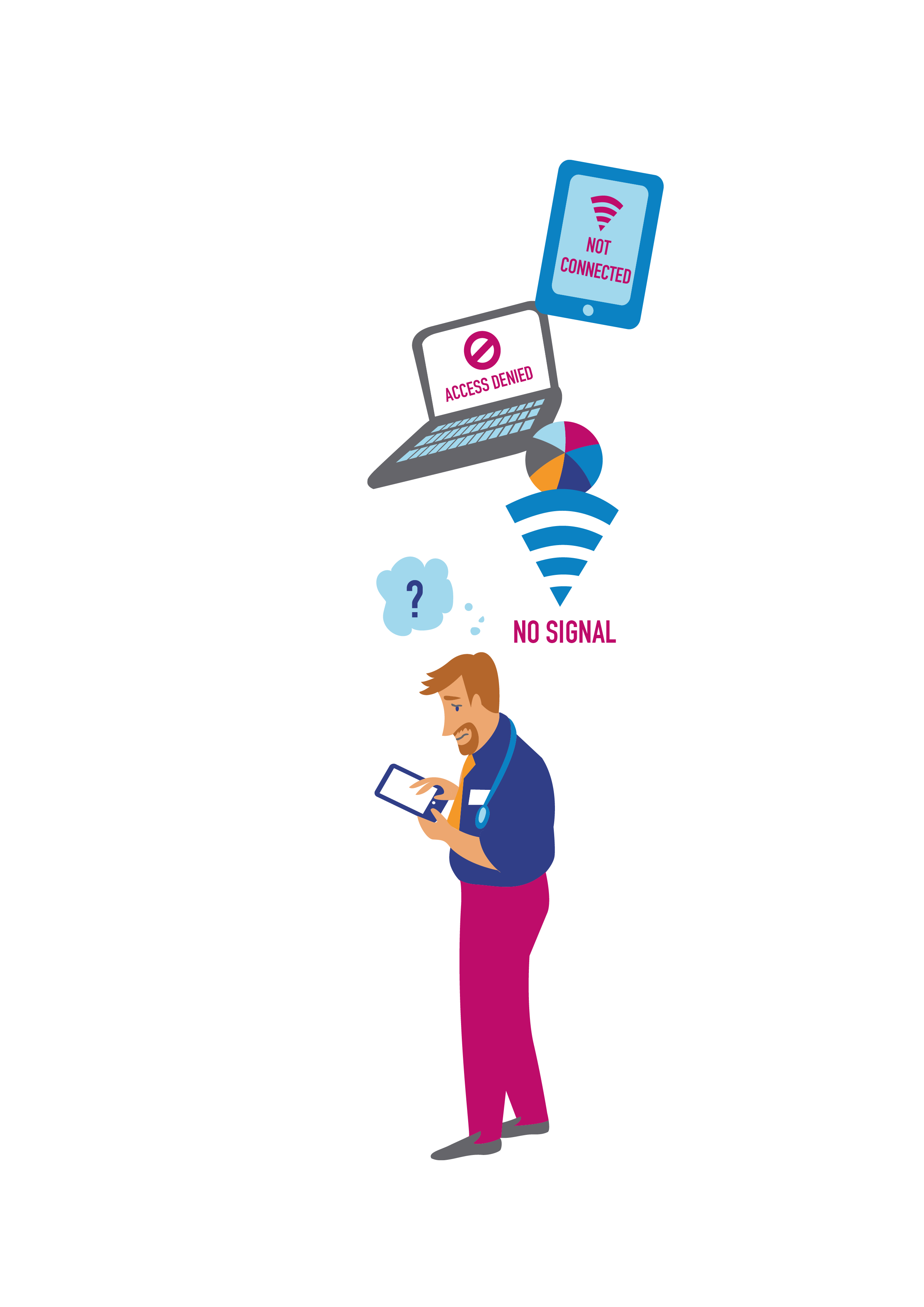 The enthusiasm from participants was energising and, whilst it was obviously a self-selecting group, nonetheless there was a clear sense of wanting to be part of building a digitally ready workforce for the present and the future. Participants talked of wanting to be involved in ‘developing, testing and implementing’. They spoke of being open to new ways of working, reimagining current ways of working and wanting to be part of the journey and creation.
The enthusiasm from participants was energising and, whilst it was obviously a self-selecting group, nonetheless there was a clear sense of wanting to be part of building a digitally ready workforce for the present and the future. Participants talked of wanting to be involved in ‘developing, testing and implementing’. They spoke of being open to new ways of working, reimagining current ways of working and wanting to be part of the journey and creation.
For the workforce to fully and enthusiastically embrace digital literacy in order to maximise the potential of technology tweeters mentioned a variety of things. Culture came up a number of times as did the need for digital champions and/or mentors.
Throughout the chat, it was evident that everyone was focused on those they are providing care for. As we are always saying in the TEL team – it’s not about gadgets or the technology, but the way it can be used to improve patient care and the education of health and care staff.

As @DigitalGerry commented “Start with the patient and work practice around them using tech as an enabler.” We couldn’t agree more but would like to go further and say let’s use technology to enable and empower individuals and those that care for them to enhance care and wellbeing in doing this.
Just a brief overview of a packed hour. We hope you can join us another time on a WeNurses Twitter chat. Many thanks to WeNurses for hosting and to everyone who took part!
The preamble to the chat is available here
